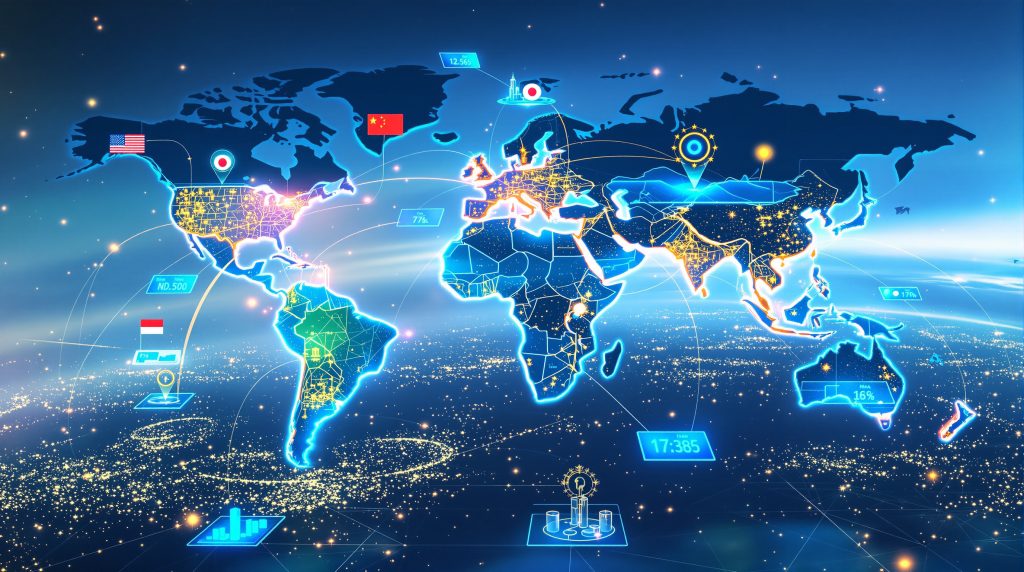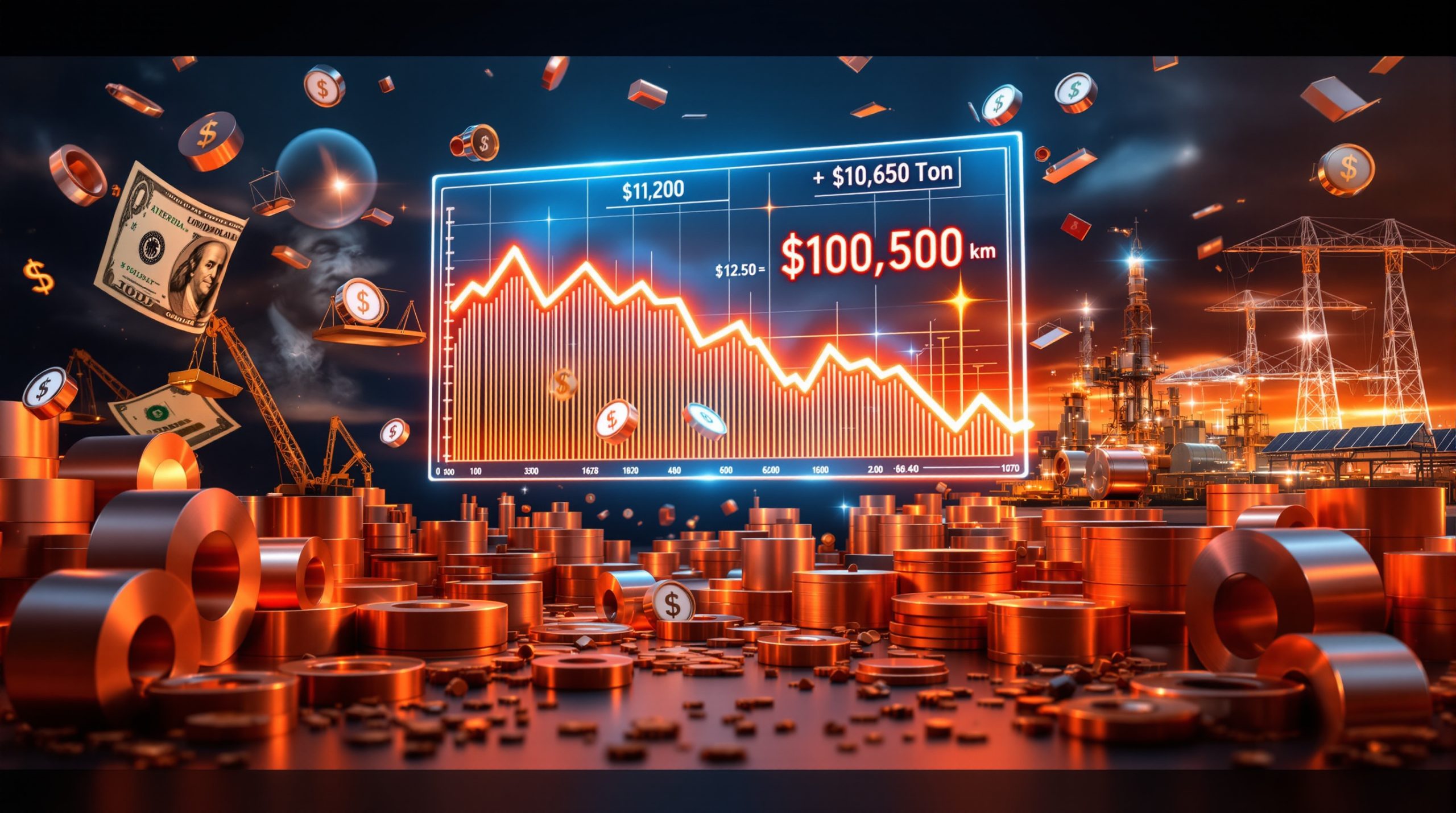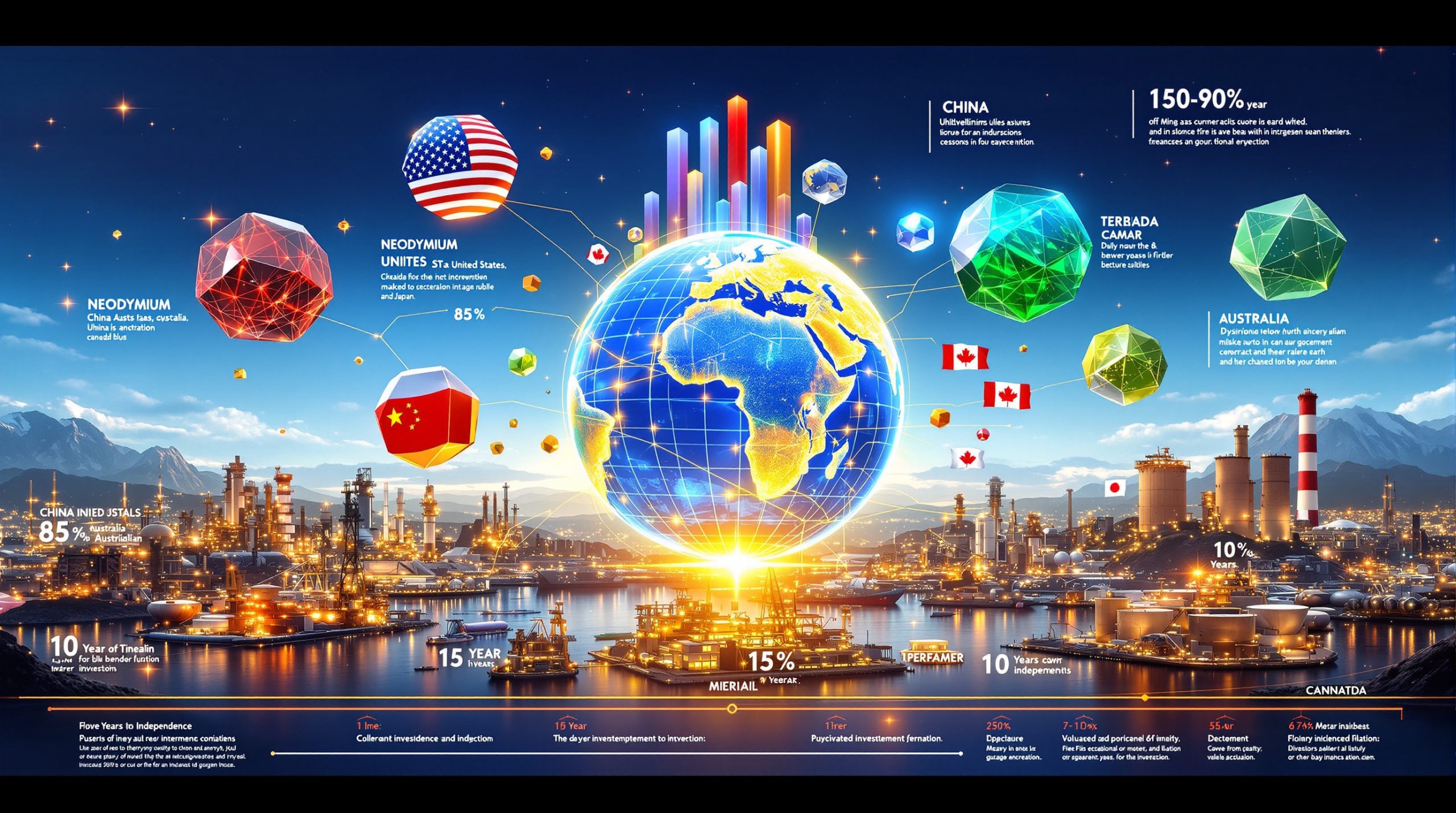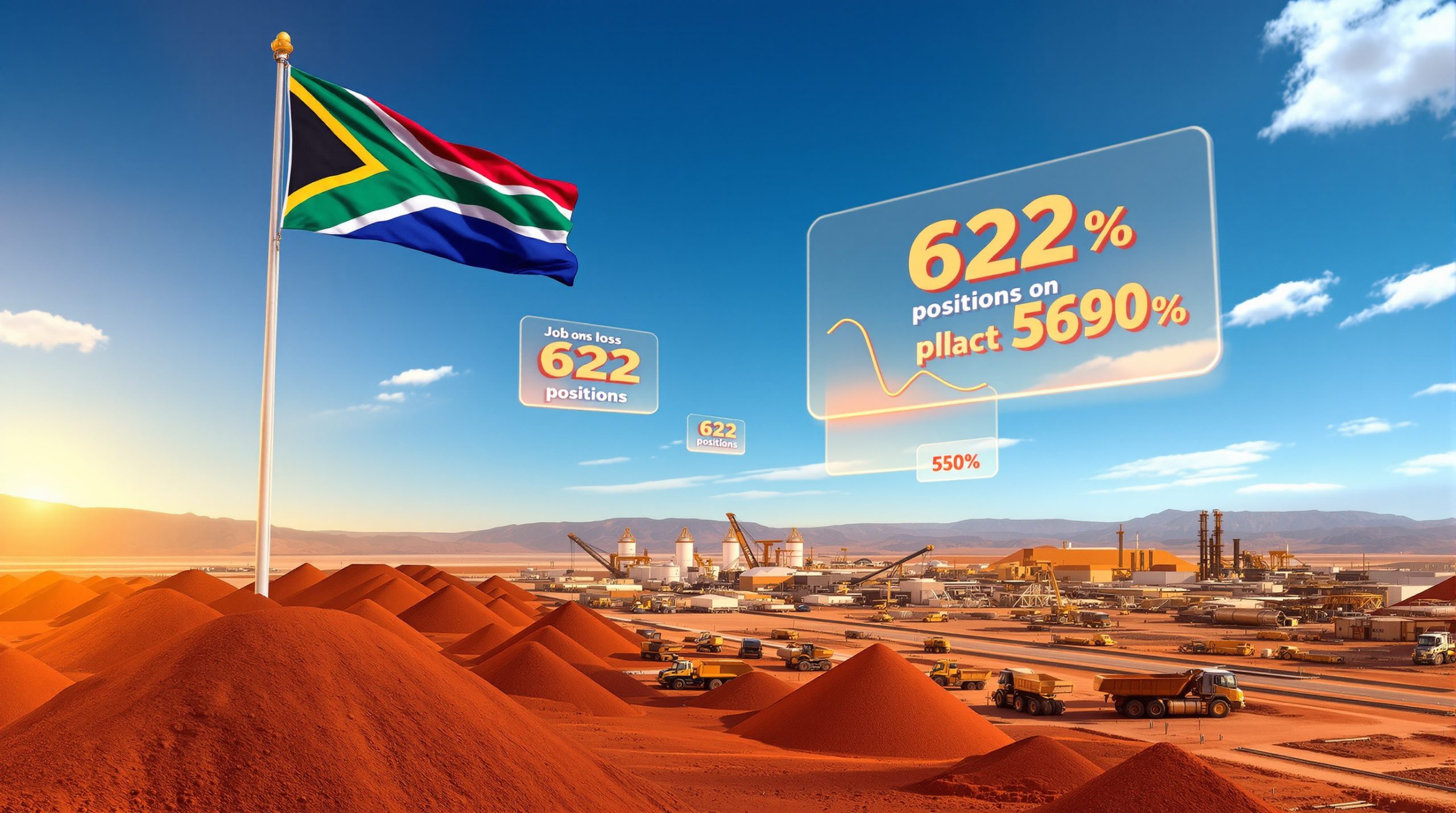Understanding Strategic Resource Protection Mechanisms
Modern nations face unprecedented challenges in securing access to critical minerals that power everything from electric vehicles to renewable energy infrastructure. The development of specialized procurement systems represents a fundamental evolution from traditional commodity trading toward strategic resource diplomacy, where geopolitical partnerships take precedence over purely market-driven transactions. The establishment of a special channel to ensure rare earth supplies exemplifies this new approach to resource security.
These sophisticated frameworks combine diplomatic cooperation, regulatory mechanisms, and bilateral agreements to create resilient alternatives to conventional supply chains. As global demand for rare earth elements continues expanding, these specialized channels become increasingly vital for maintaining technological advancement and economic security.
What Are Special Channels for Rare Earth Supply Security?
Special channels encompass bilateral agreements, multilateral frameworks, and regulatory mechanisms designed to ensure uninterrupted access to rare earth elements despite geopolitical tensions and market volatility. The European Union's recent establishment of a special channel to ensure rare earth supplies with Chinese authorities exemplifies this strategic approach to resource security.
In November 2025, EU Trade Commissioner Maros Sefcovic confirmed that Brussels and Beijing had created prioritized communication pathways specifically for rare earth applications. This framework emerged after China introduced export controls earlier in 2025, which raised significant concerns about potential disruptions to electric vehicle production, wind turbine manufacturing, and other technologies dependent on permanent magnets.
Key Components of Modern Supply Security Frameworks
Essential Elements of Rare Earth Supply Channels
| Framework Component | Primary Function | Implementation Status |
|---|---|---|
| Bilateral Processing Agreements | Joint mining and refining operations | Active (EU-China) |
| Export License Prioritization | Expedited permit processing | 50%+ approval rate achieved |
| Digital Traceability Systems | Supply chain transparency | Under development |
| Strategic Reserve Coordination | Emergency supply allocation | Expanding capacity |
The EU-China arrangement demonstrates how these systems operate in practice. European companies have submitted approximately 2,000 applications to Chinese authorities since export controls took effect, with officials from both sides working together to review and fast-track export permits for rare earth materials.
How Do Bilateral Frameworks Enhance Supply Resilience?
The EU-China Priority Processing Model
This comprehensive framework showcases how nations can create robust supply alternatives through diplomatic cooperation. The special channel to ensure rare earth supplies operates through regular discussions between EU Trade Commissioner Sefcovic and Chinese Commerce Minister Wang Wentao, addressing concerns that poorly managed export procedures could severely impact EU manufacturing. Furthermore, this initiative aligns with broader critical minerals strategy developments across global markets.
The mechanism provides several critical advantages:
• Accelerated processing times through dedicated review pathways
• Direct ministerial oversight ensuring high-level attention to supply issues
• Coordinated permit evaluation with officials from both sides collaborating
• Priority status designation for applications from strategic partners
Commissioner Sefcovic emphasized that this bilateral approach helps address immediate supply concerns while the EU simultaneously works to diversify sources through new European production capabilities, including rare earth and magnet production facilities in Estonia. However, these developments also highlight broader energy security insights affecting regional stability.
Multi-Regional Diversification Strategies
The EU's diversification efforts extend beyond the China arrangement, encompassing partnerships across multiple continents:
• African collaborations developing processing capabilities in Namibia and Angola
• Canadian partnerships expanding North American production capacity
• Australian agreements securing long-term supply commitments
• Domestic initiatives including recycling programs to reduce import dependence
What Role Do Export Control Mechanisms Play?
China's Evolving Regulatory Framework
China's introduction of export controls on rare earths in early 2025 fundamentally altered global supply dynamics, prompting the creation of specialized diplomatic channels. The controls initially created significant uncertainty for European manufacturers, particularly those producing electric vehicles and wind turbines that depend heavily on rare earth-based permanent magnets. These changes reflect broader patterns in the ongoing mining industry evolution toward strategic resource management.
Current Processing Statistics:
- 2,000+ applications submitted by European companies
- 50%+ approval rate achieved through priority channels
- General license discussions underway between officials
- Expedited review processes for strategic partnerships
Impact on Global Supply Architecture
These export control mechanisms create differentiated treatment tiers:
-
Priority partners receiving expedited processing through special channels
-
Standard commercial applications following conventional review procedures
-
General license categories potentially streamlining bulk transactions
-
Strategic alliance frameworks providing enhanced access security
The system demonstrates how regulatory tools can be leveraged to strengthen diplomatic relationships while ensuring domestic strategic interests are protected. Consequently, these developments are closely linked to broader US‑China trade impact patterns affecting global commodity markets.
How Are Digital Systems Revolutionising Supply Chain Transparency?
Emerging Traceability Technologies
Advanced tracking systems are beginning to provide unprecedented visibility into rare earth supply chains, though implementation remains in early stages. These digital traceability systems promise to address long-standing concerns about ethical sourcing, environmental impact, and quality assurance throughout the production process.
Potential Benefits of Digital Integration:
- Origin verification confirming ethical extraction practices
- Environmental impact monitoring supporting sustainability goals
- Quality documentation throughout processing stages
- Regulatory compliance tracking for international trade
Blockchain and Digital Documentation
Future systems may incorporate distributed ledger technologies to enable real-time monitoring of mining locations, processing facility certifications, transportation conditions, and end-user applications. However, widespread implementation requires significant investment in technical infrastructure and standardised protocols.
What Are the Economic Implications of Special Channel Development?
Investment Requirements and Market Stabilisation
The development of alternative supply chains requires substantial capital commitments across multiple sectors. Mining companies, processing facilities, and technology developers all require significant financial resources to establish viable alternatives to existing supply networks.
Investment Categories Requiring Attention:
- Processing facility development and modernisation
- Mining infrastructure expansion and improvement
- Research and development for separation technologies
- Strategic reserve establishment and maintenance
Price Stability Through Long-Term Agreements
Special channels help moderate price volatility through structured contract mechanisms that provide greater predictability for both suppliers and consumers. The EU-China framework, for instance, creates more stable processing pathways that reduce uncertainty premiums typically built into spot market pricing.
How Do Regional Alliances Strengthen Supply Networks?
European Union's Comprehensive Approach
The EU's strategy emphasises geographic diversification while building internal capabilities. Beyond the special channel to ensure rare earth supplies with China, European officials are actively developing multiple supply sources to reduce single-country dependency risks.
Estonia's rare earth and magnet production development represents a significant milestone in EU supply independence efforts. This domestic production capability provides strategic alternatives while reducing transportation costs and regulatory complexities associated with international trade.
International Cooperation Frameworks
Discussions around general licences suggest broader multilateral approaches may emerge. Commissioner Sefcovic noted that Chinese officials have explored general licensing arrangements similar to those reportedly secured by the United States, indicating potential expansion of preferential access mechanisms. According to EU reports on streamlined rare earth supply channels, these arrangements could become more standardised across different regions.
What Challenges Do Special Channels Address?
Geopolitical Risk Mitigation
The primary motivation for developing specialised supply channels stems from recognition that traditional market mechanisms cannot adequately address geopolitical risks. China's 2025 export controls demonstrated how quickly supply security can become compromised when nations depend heavily on single-source suppliers.
Critical Risk Factors Include:
- Export restriction implementation during international tensions
- Regulatory changes affecting established trade relationships
- Economic policy coordination used as diplomatic leverage
- Supply chain disruption during geopolitical conflicts
Technical and Infrastructure Barriers
Beyond political considerations, special channels must address practical challenges including processing technology gaps, environmental compliance requirements, skilled workforce development, and infrastructure construction in often remote locations.
The EU's emphasis on developing domestic magnet production capabilities in Estonia demonstrates recognition that supply security requires not just raw material access, but also downstream processing expertise and manufacturing capacity. In addition, analysis from CSIS research on rare earth processing hubs highlights the strategic importance of geographic diversification in processing capabilities.
How Do Emergency Response Mechanisms Function?
Coordinated Crisis Management
The special channel to ensure rare earth supplies framework includes provisions for rapid response to supply disruptions. When export controls initially created uncertainty in early 2025, the EU-China mechanism enabled accelerated dialogue and resolution processes.
Emergency Response Components:
- Direct ministerial communication channels for urgent issues
- Expedited permit processing during supply shortages
- Alternative sourcing activation protocols
- Strategic reserve deployment coordination
Building Resilient Response Capabilities
The success of emergency mechanisms depends on maintaining diverse supply options, adequate strategic reserves, and robust communication systems between partner nations. The EU's multi-regional approach provides multiple backup options should any single supply source become unavailable.
Future Developments in Supply Security Architecture
Technology Innovation and Market Evolution
Emerging technologies may fundamentally alter rare earth supply dynamics over the coming decade. Advanced recycling techniques could recover significant quantities from electronic waste, while synthetic alternatives might reduce dependence on natural deposits for certain applications.
Innovation Areas Under Development:
- Artificial intelligence optimisation of supply chain logistics
- Advanced separation and purification technologies
- Electronic waste processing and material recovery systems
- Alternative material development for specific applications
Policy Framework Evolution
The success of the EU-China special channel to ensure rare earth supplies may serve as a template for similar arrangements between other nations. As countries recognise the strategic importance of critical minerals, bilateral and multilateral frameworks are likely to become more sophisticated and comprehensive.
Measuring Success: Performance Indicators
Supply Security Assessment Metrics
| Performance Indicator | Current Status | Target Development |
|---|---|---|
| Supply Source Diversification | Limited progress | Multiple suppliers per region |
| Processing Capacity Distribution | China-dominated | Geographically distributed |
| Strategic Reserve Coverage | Insufficient duration | Extended emergency capacity |
| Emergency Response Speed | 60-120 days typical | 30-90 day capability |
The effectiveness of special channels will ultimately be measured by their ability to maintain stable supplies during both normal market conditions and periods of international tension.
Building Resilient Supply Ecosystems
The establishment of specialised channels for rare earth supply security represents a fundamental shift in how nations approach critical resource management. The EU-China framework demonstrates that diplomatic cooperation, combined with strategic diversification efforts, can create more resilient alternatives to purely market-driven supply chains.
Success requires sustained political commitment, significant capital investment, and ongoing international cooperation. The special channel to ensure rare earth supplies concept provides a practical model for other nations seeking to reduce supply vulnerabilities while maintaining access to essential materials for technological advancement.
As global demand continues expanding, these specialised frameworks will become increasingly important for balancing commercial efficiency with strategic security objectives. The resilience of these systems during future periods of international tension will ultimately determine their long-term viability and influence on global resource governance.
Important Note: This analysis is based on publicly available information as of November 2025. Supply chain arrangements and diplomatic frameworks may evolve rapidly based on changing geopolitical conditions and market developments.
Interested in Strategic Resource Investment Opportunities?
Discovery Alert's proprietary Discovery IQ model delivers real-time alerts on significant ASX mineral discoveries, instantly empowering subscribers to identify actionable opportunities ahead of the broader market as nations compete for critical resources. Begin your 30-day free trial today and secure your market-leading advantage whilst global demand for strategic minerals continues expanding.




